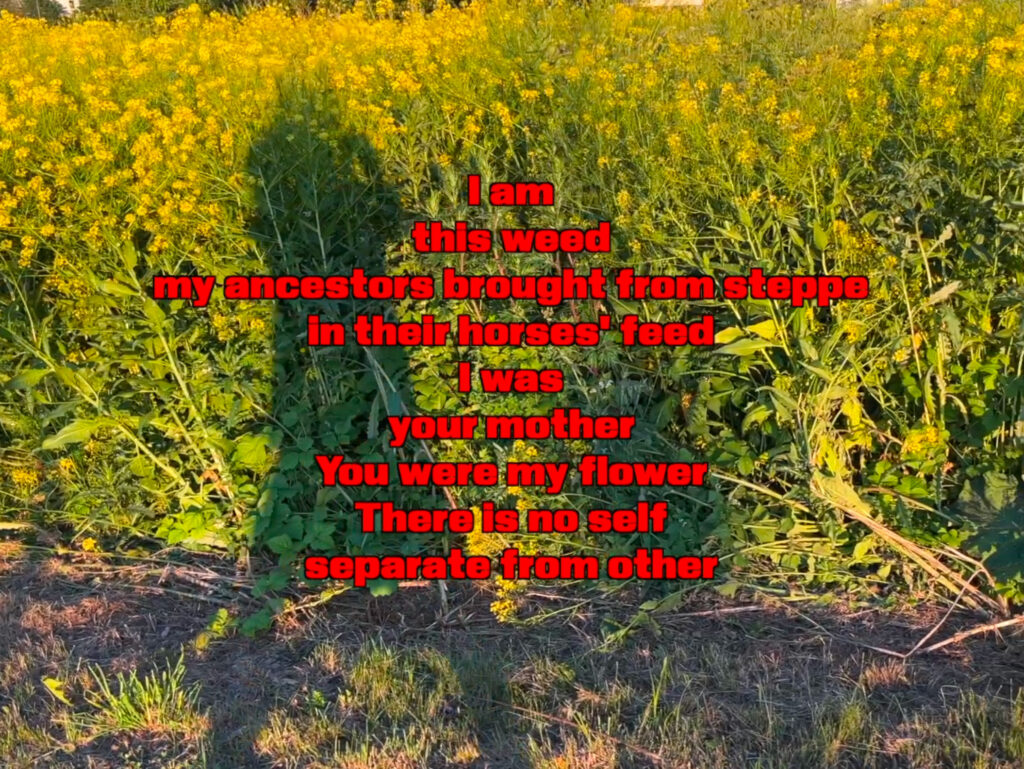Sandra Kosorotova
Can I Grow Here
2022

I once came across an article covering the 1993 referendums in Narva and Sillamäe, the purpose of which was to establish autonomy in said municipalities in Eastern Estonia. The Estonian Supreme Court declared the referendum invalid, and in retrospect one can only speculate how narrowly the young republic managed to prevent the emergence of a disputed territory similar to Transnistria.
The article made me realise that the perspective of the Russian-speaking population in Estonia is completely absent from my history education. Everyone knows the story of how the three Baltic states joined hands and sang themselves to freedom, but the viewpoints of people of other nationalities living in the Baltics are largely excluded from this iridescent narrative. Considering that there are altogether roughly 900 000 Russian-speaking residents of various origins in the Baltic states, it is clear that the current official national narratives are narrow and do not include everyone who calls this place their home.
In her video work Can I Grow Here, Sandra Kosorotova moves along the embankment separating the districts of Lasnamäe and Pirita in Tallinn and intertwines her origin with that of the Turkish wartycabbage – recognised as an invasive alien species – in a trilingual first person narration. Kosorotova starts from the local context, but in the end she talks about the relations of species in the broadest sense. The way people categorise plants as useful ones and unwanted weeds reflects the vocabulary that is used to place one social group beneath others. Just as a plant doesn’t choose where to sprout or doesn’t know that it is considered a weed, no person can choose the place in which they are born. The more aggressively you fight against the wartycabbage, the more vigorously it proliferates.